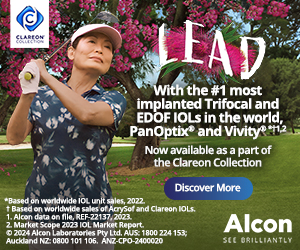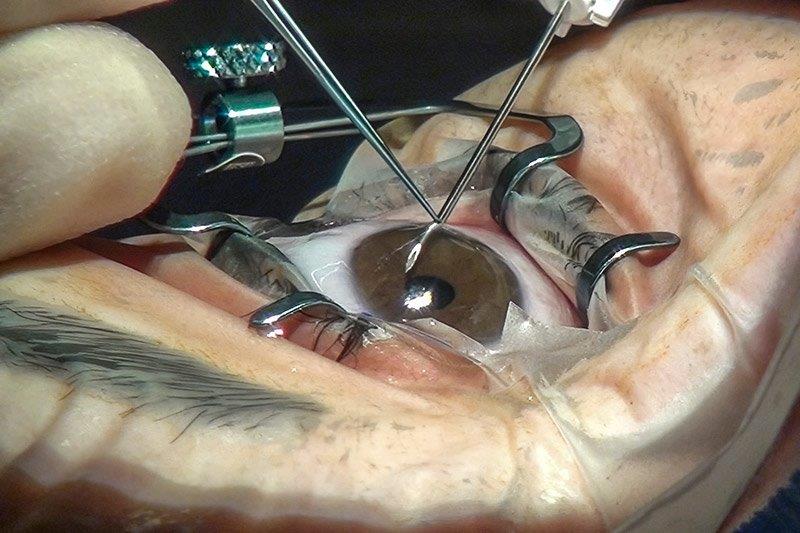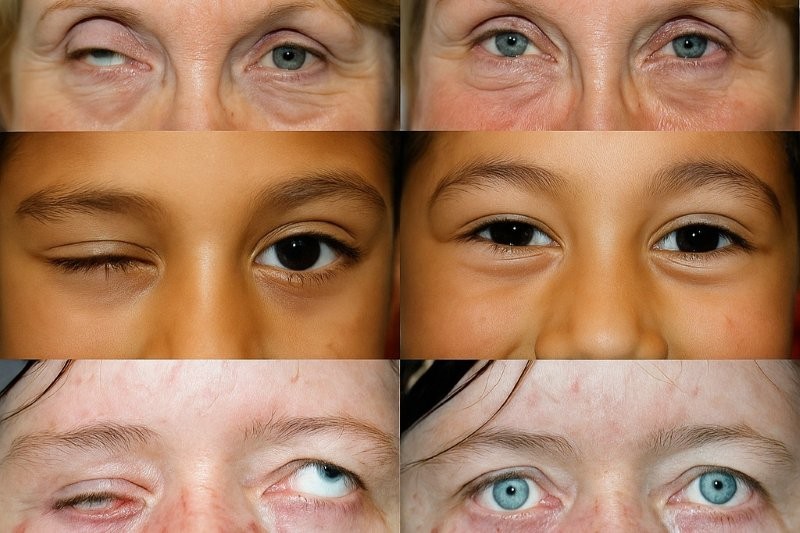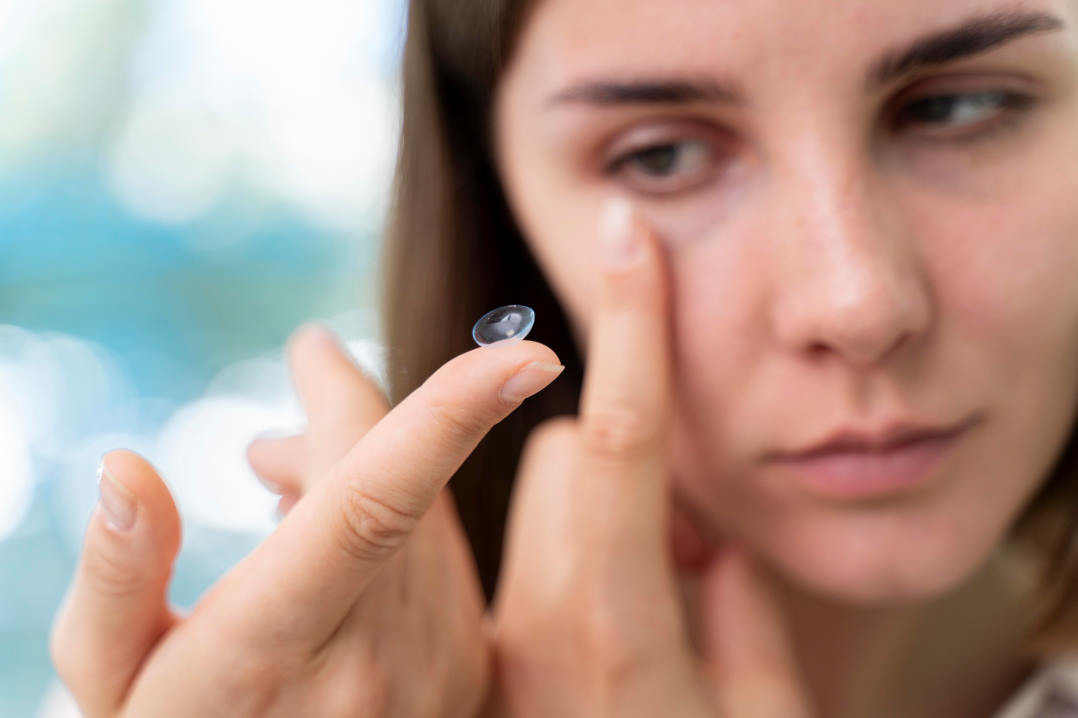Long-term efficacy and safety of MIGS in glaucoma management
In this review, I discuss three recent papers, adding to the role of minimally invasive glaucoma surgery (MIGS) in the management of glaucoma, particularly with respect to long-term efficacy and safety data.
iStent inject trabecular micro-bypass with and without cataract surgery yields sustained five-year glaucoma control
Fritz Hengerer et al
Adv Ther 2022 Mar; 39 (3): 1417-1431.
Review: This prospective longitudinal case-series evaluated the five-year effectiveness and safety of the iStent inject with (combined) or without (standalone) cataract surgery in German patients with open-angle glaucoma (OAG). It included patients with primary open-angle glaucoma (POAG), pseudoexfoliative glaucoma (PXG), mixed-mechanism glaucoma (MMG), pigmentary glaucoma (PG) or secondary glaucoma (SG), failed medical response or prior surgery.
The summary of findings includes overall (n=125) intraocular pressure (IOP) reduced from 23.5±6.2mmHg on 2.6±1.02 mean medications to 14.1±1.8mmHg on 0.77±0.82 medications at five years. Of those studied, 46% were medication-free at five years. No intraoperative complications or filtration surgeries were required through five years.
Combined and standalone groups had similar outcomes. Combined (n=81): mean IOP decreased by 39%, with a medication reduction of 69%. Standalone: mean IOP reduced by 42% and a medication reduction of 75%. At final follow-up, 83% of eyes had achieved success of ≥20% IOP reduction. All eyes maintained or reduced their medication burden and remained stable during the five-year follow up.
The authors concluded that iStent inject produced a significant and durable five-year reduction in IOP (approximately 10mmHg reduction) and medications (nearly two medication reduction), with stable disease parameters over time.
Comment: This impressive data supports iStent as a standalone procedure and in combination with cataract surgery. These results indicate that the pressure reduction with MIGS, used in combination with cataract surgery, allows a more sustained pressure-lowering effect. This study also supports the use of iStent in all forms of glaucoma, apart from angle-closure glaucoma (ACG), and as a standalone treatment modality.
Long-term results of the Preserflo Microshunt in patients with POAG from a single centre
Juan F Batlle et al
Journal of Glaucoma; March 1; 30(3):281-286
Review: Authors assessed the five-year effectiveness and safety of the Preserflo Microshunt in 23 POAG patients who had inadequate treatment on maximum medical therapy (MMT) with IOP ≥18 to ≤40mmHg. They underwent implantation alone or in combination with cataract surgery. Four- and five-year data results are provided, including IOP reduction and success, safety, medication use, and reoperations. Mean IOP was reduced from 23.8±5.3mmHg at baseline to 12.8±5.6mmHg (year 4; n=21) and 12.4±6.5mmHg (year 5; n=21).
Overall success (with/without medication use) was 87.0% (year four) and 82.6% (year five). The mean number of medications reduced from 2.4±1.0 at baseline to 0.8±1.3 (year five). Common (≥5% of patients) adverse reactions included corneal oedema (n=4), transient hypotony (n=4), bleb-related complications (n=3) and device touching the iris (n=3). There were four reports of serious adverse reactions (two patients had posterior capsule opacification, one patient had posterior synechiae and one patient had pupil capture) and two reoperations for bleb failure.
Comment: Preserflo is very effective as an alternative to filtration surgery in moderate to advanced glaucoma. The sustained reductions in mean IOP and medication use, along with minimal sight-threatening side effects and low rate of postoperative interventions, have rendered the device a game-changer in the surgical management of glaucoma. The ‘floor’ IOP effect of this implant is not suitable for patients with normal-tension glaucoma (NTG); however, few patients require such a low target IOP of <10mmHg, therefore the device shows great potential for the management of common causes of glaucoma.
Long-term outcome of combined phacoemulsification and excisional goniotomy with the Kahook Dual Blade in different subtypes of glaucoma
Ahmed Al Habash et al
Nature; May 21;11(1):10660
Review: This prospective case series aimed to determine the two-year success in treating patients with the Kahook Dual Blade when combined with cataract surgery (phaco-KDB) in OAG and simultaneous goniosynechialysis in cases of ACG. Twenty-four patients with POAG, 13 with PXG and 11 with ACG were enrolled.
In OAG, mean IOP was reduced from 21.1±0.9mmHg by 6.4-7.7mmHg (24.6-32.1%). In ACG, mean IOP was reduced from 20.8±1.6mmHg by 6.1-8.77mmHg (23.4-39.0%). Mean medications were reduced by 61.9-89.1% in OAG eyes and by 56.3-87.3% in ACG eyes. The procedures were safe and well tolerated. Six eyes (12.5%) developed transient hyphaemia with spontaneous resolution; one eye (2.1%) developed transient elevated IOP on the first postoperative day, attributed to retained viscoelastic.
The results indicate that phaco-goniotomy significantly improves vision, lowers IOP by 25-30% and medication use by >50% through to 24 months.
Comment: The use of trabecular stents is relatively contraindicated in angle closure due to the potential formation of synechiae, which negates the effect of the stent. Goniosynechialysis and goniotomy, which requires an excision of the trabecular meshwork, may be recommended adjuncts at the time of cataract surgery in this patient cohort. The procedure also provides the advantage of having no implant-related risks.

Dr Divya Perumal is a New Zealand/UK-trained ophthalmologist and an optometry graduate of the University of Auckland. She specialises in glaucoma, cataract, pterygium and general ophthalmology, consulting for the Auckland District Health Board and Eye Institute.
























